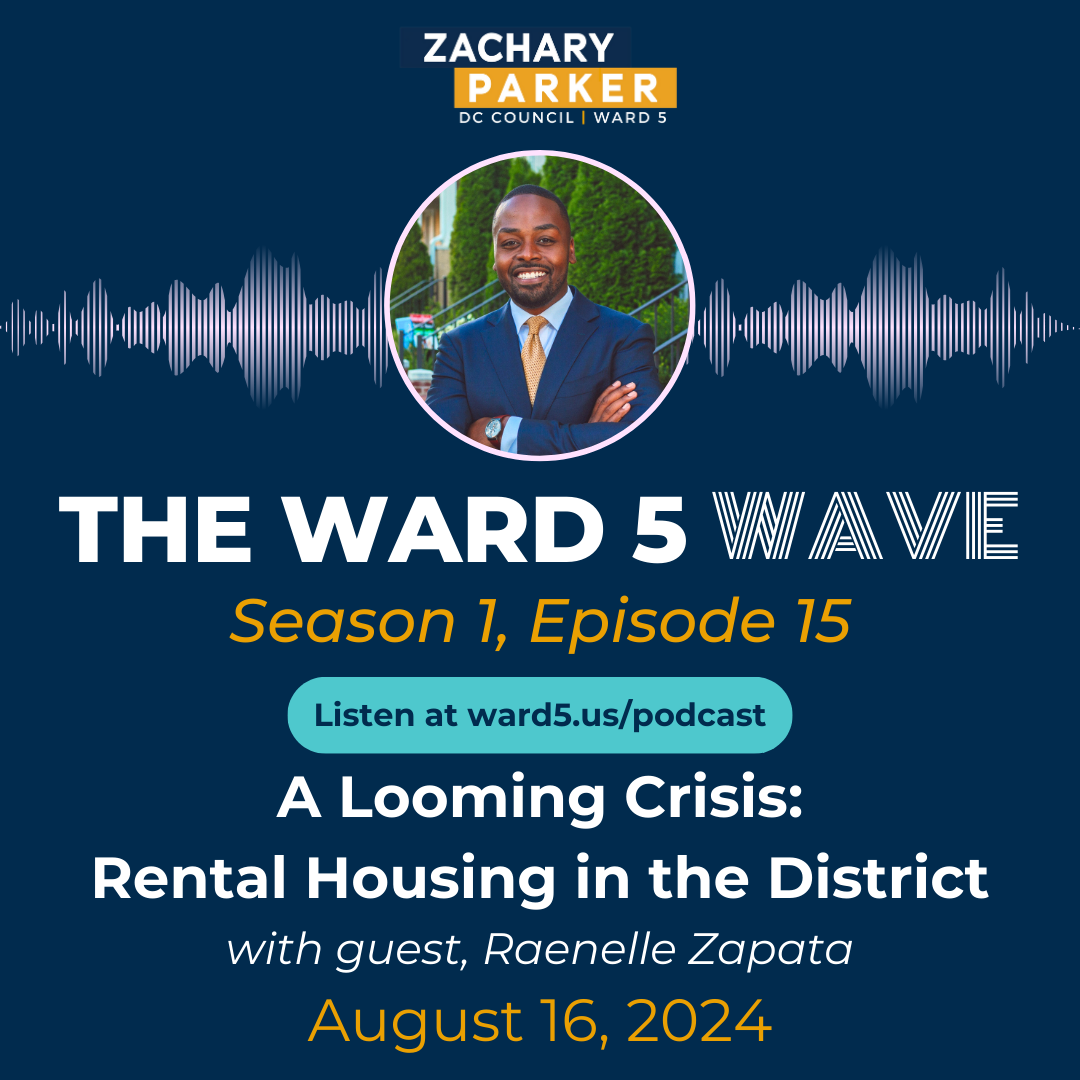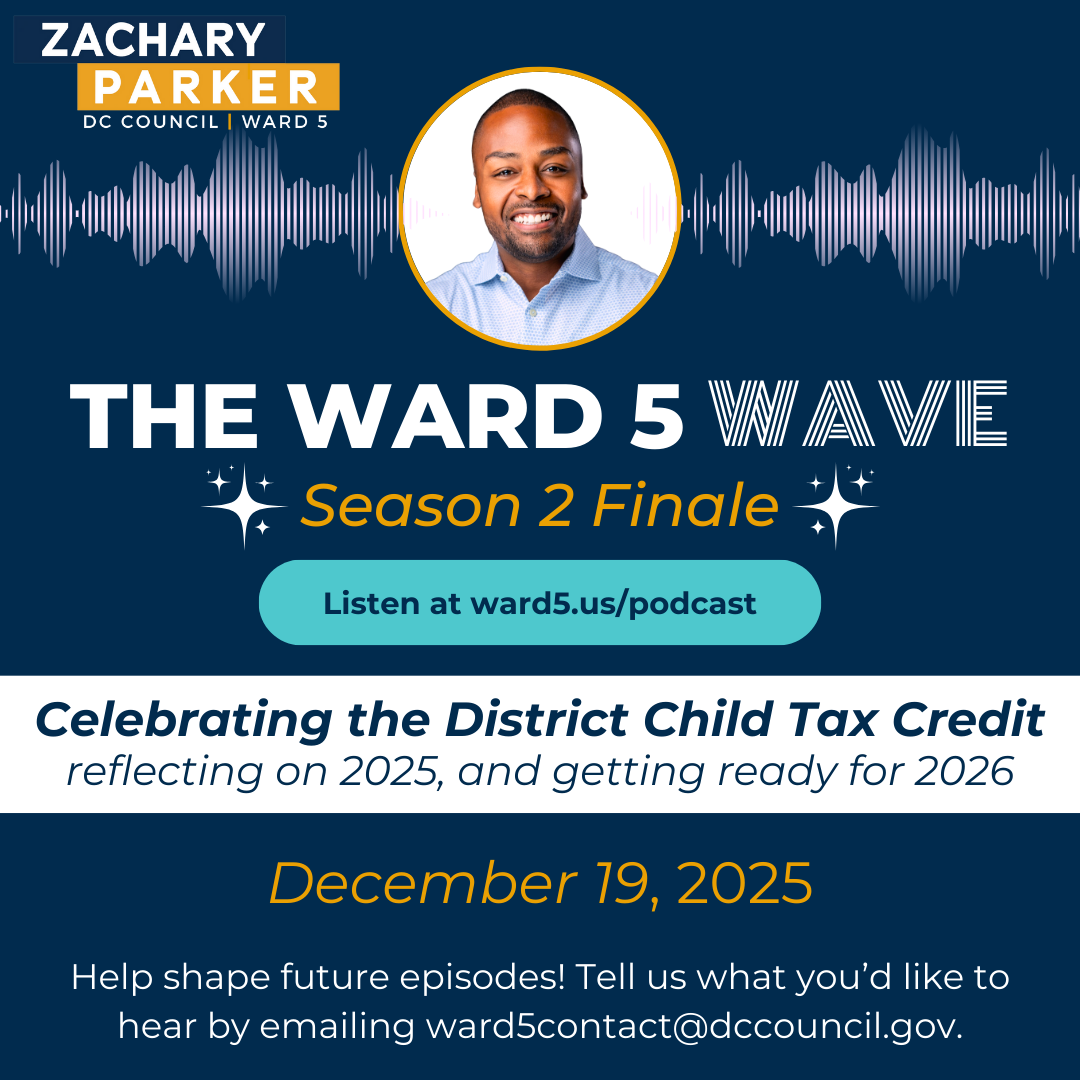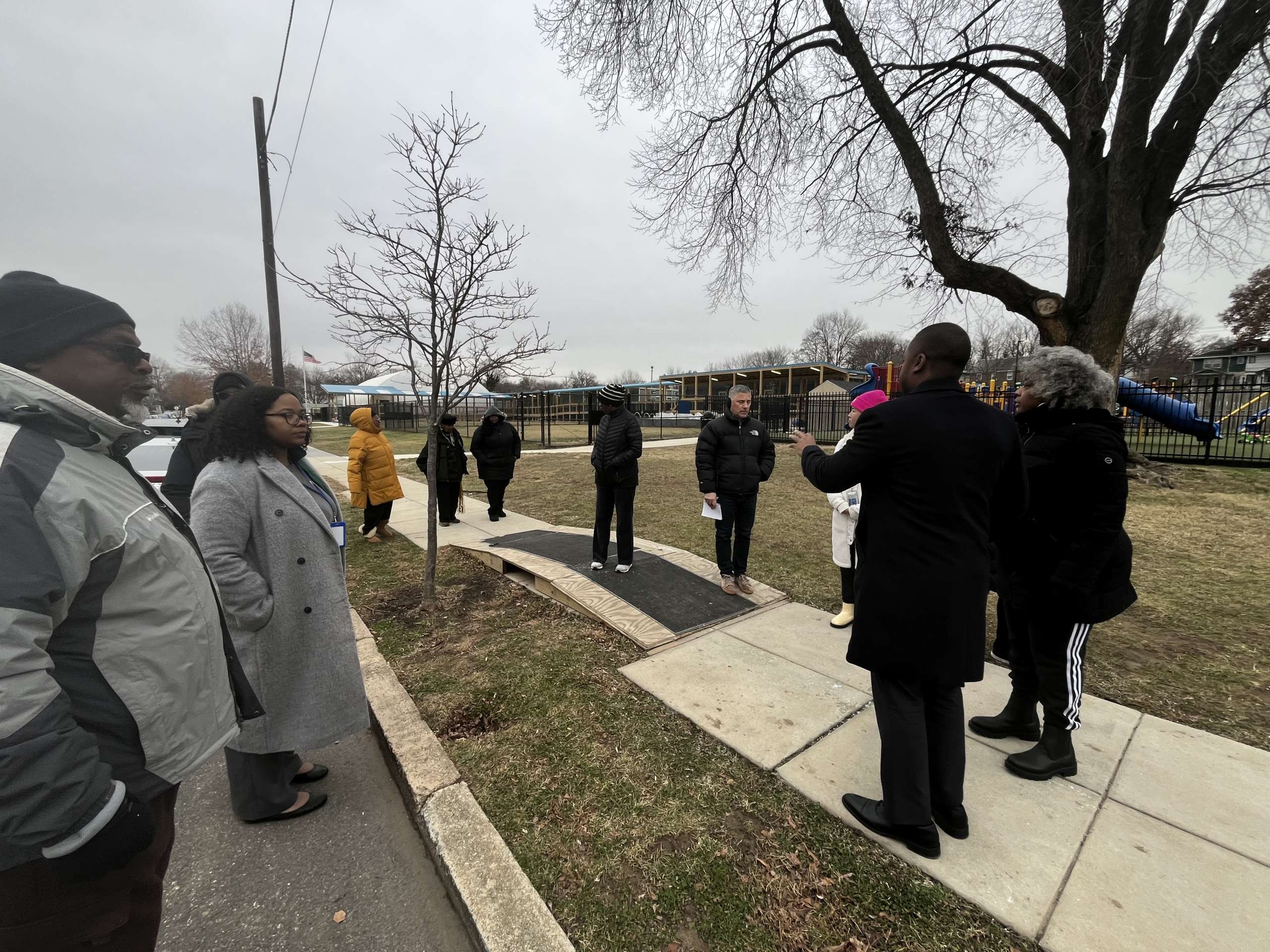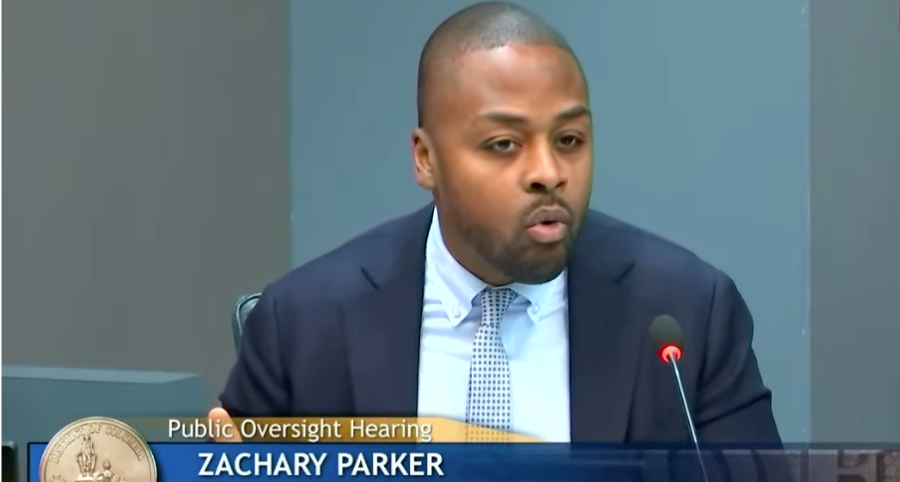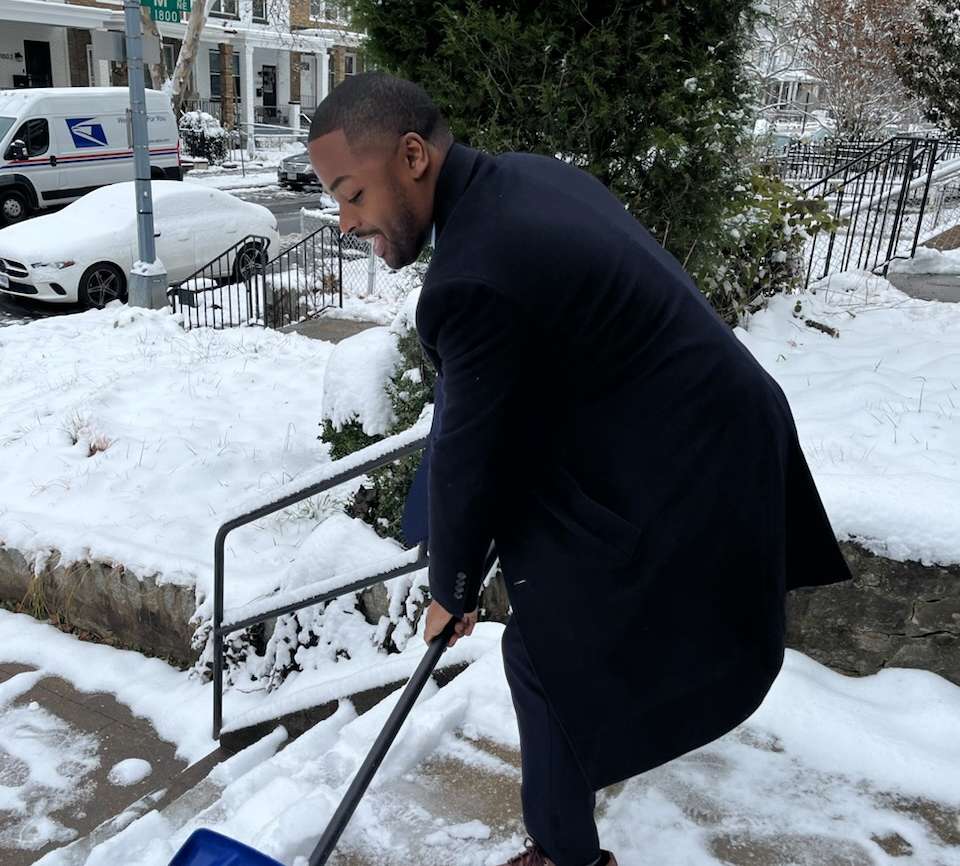Dear Ward 5 neighbors,
As we continue to experience the joy of summer, we must also stay vigilant about significant challenges that confront the District. I trust that with your support and through coordinated government action, we will successfully navigate these issues together.
A significant portion of the District’s housing stock faces financial instability due to high levels of delinquencies dating back to the onset of the COVID-19 pandemic.
My office routinely fields calls from residents who are struggling to make ends meet and need support to remain in their homes, keep their lights on, or put food on the table. I have also heard from numerous Ward 5 residents about challenges with the DC Housing Authority’s processing of vouchers, voucher payments, and timely inspections. Additionally, Ward 5 small- and medium-size landlords are facing difficulties with collecting rent from tenants, with some cases extending for months or even years, while court processing times have become slower than ever.
To illustrate the level of need across the District, consider how quickly the city’s Emergency Rental Assistance Program (ERAP) funds are depleted each quarter. The Department of Human Services (DHS), which administers ERAP, transitioned to a quarterly from an annual application process to reach as many residents as possible. Despite these efforts, the program often runs out of money within hours of opening. In FY24, more than $60 million was available, including federal funds. The Council allocated $26.9 million in the FY25 budget (starting October 1)—approximately 40% less than the FY24 allotment—and there are concerns that this will not be sufficient to meet the demand.
Earlier this summer, the Apartment and Office Building Association (AOBA) of Washington, DC released a report titled A Looming Crisis: The Residual Impacts of the COVID-19 Pandemic on Rent-Controlled and Market Rate Affordable Rental Housing in the District of Columbia. In it, they detail the post-pandemic pressures facing tenants as rents have sky-rocketed and employment wages have remained stagnant, along with the pressures facing small landlords who are struggling to maintain some of DC’s most affordable rental housing stock as a combined tens of millions of dollars in back rent continues to accrue.
Consider this:
- More than half of District residents are renters; and,
- Nearly half (47%) of those renters are heavily-cost-burdened; meaning,
- 50% or more of their income is going just to paying for housing.
This is unsustainable. And it’s playing out very clearly for landlords, too. Simply put, rent isn’t being paid. We aren’t talking about large, luxury developers missing out on big profits. We’re talking about many small and medium mom-and-pop landlords who are trying to maintain a few smaller properties, often some of the most affordable rental units in the city. But as their costs increase and rent payments disappear, their ability to maintain these units and buildings is disappearing, too. This means we risk losing some of the city’s most affordable units at a time when they are most needed.
What’s more, there is a significant shortage of affordable housing in DC, which forces residents to spend a disproportionate amount of their income on rent. Although the Mayor has highlighted the District’s goal of constructing 36,000 new housing units by 2025, including 12,000 affordable units for those earning below 80% of DC’s median family income, the reality is that we are falling short in creating affordable housing. In fact, to date, the District has only brought about 9,396 new units online, which is about 78% of the Mayor’s 2025 affordable housing target. Additionally, there are signs of a sharp decline in new housing construction, underscoring the urgent need for the District government to take action. It is crucial to support both tenants and landlords and to preserve our existing affordable housing stock.


